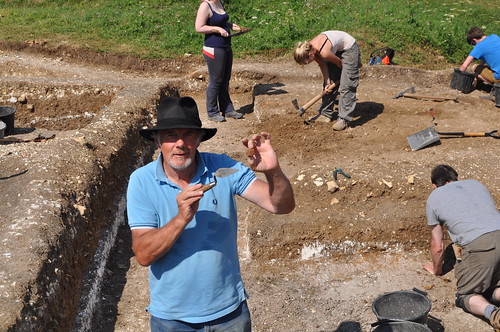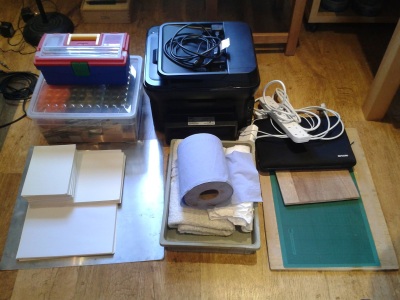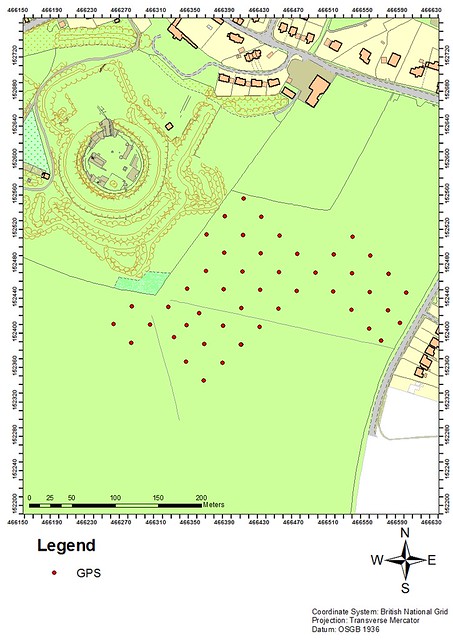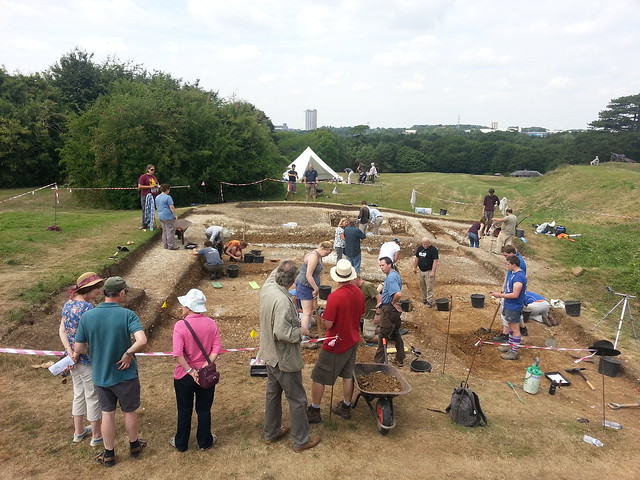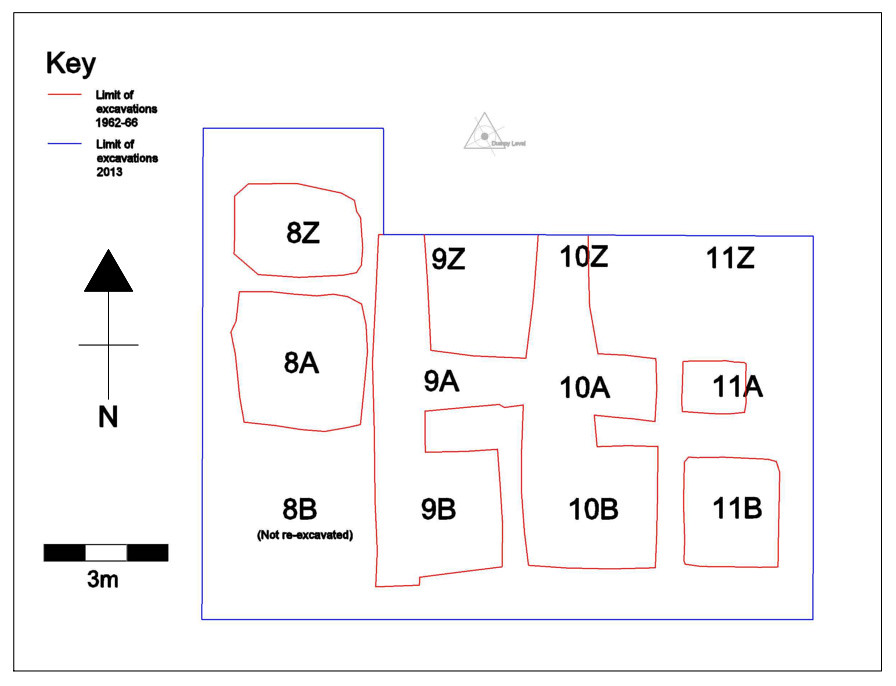
Interim Report 2013 – Introduction
This Interim Report will soon be available as a PDF on the Hampshire County Council website for Basing House.
The authors are:
David Allen
Gareth Beale
Nicole Beale
Chris Elmer
Jude Jones
Kristian Strutt
Clare Allen
Daniel Jones
There are three posts that make up this report. The post below describes the excavation and recording methodology and outlines the research question for the dig for 2013.
Continue reading →


